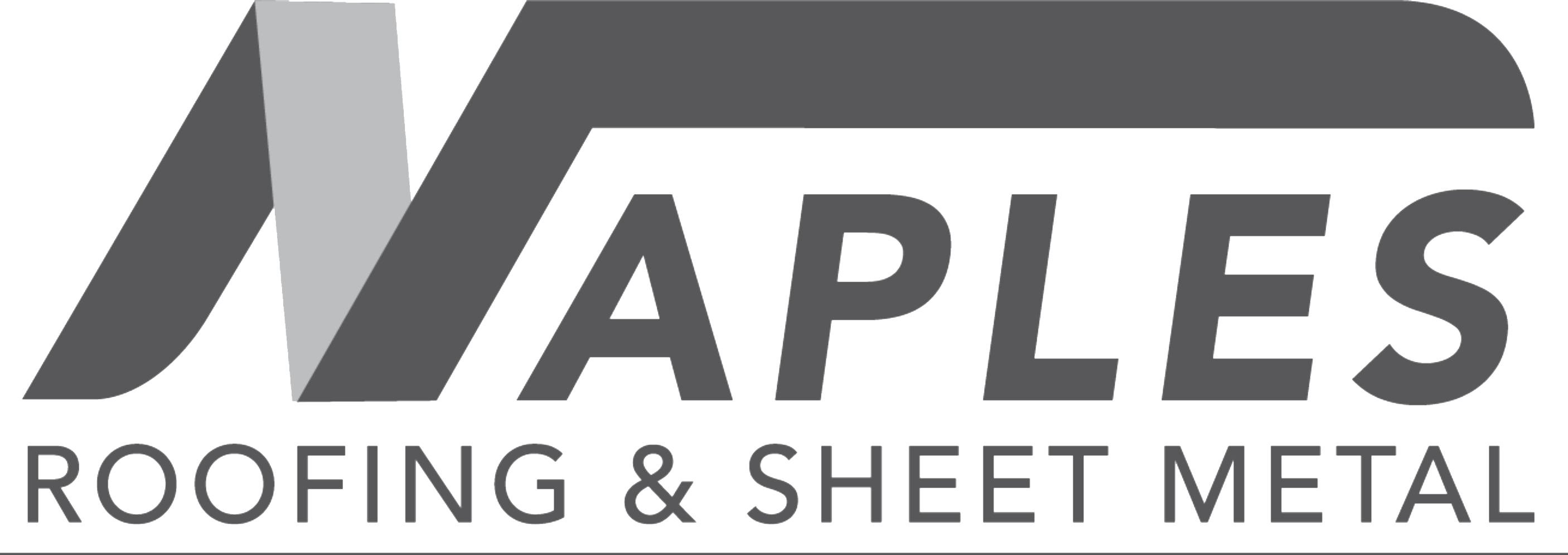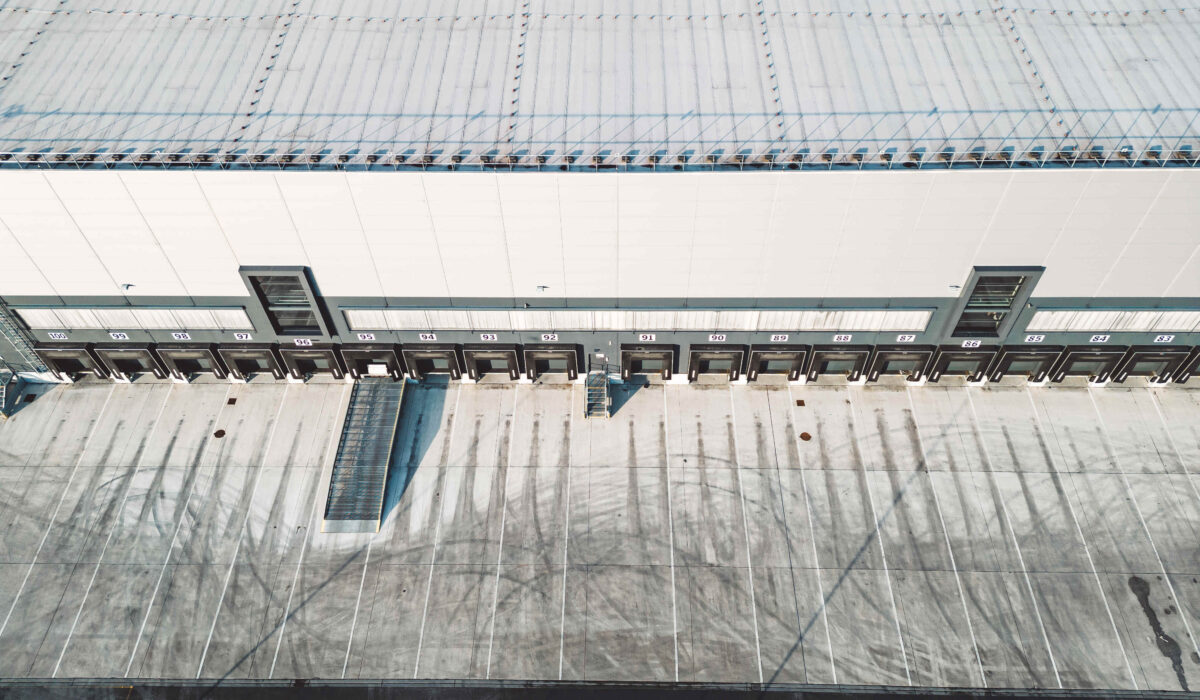Key Points to Know about Commercial and Industrial Roofing Services
Key takeaways:
- Exploring the commercial between major points.
- Understanding the Commercial & Industrial Roof Systems.
- Importance of Roofing Services: Likewise Preservation of Structural Integrity.
- Energy Efficiency Maximization.
Commercial and industrial buildings’ roofs are crucial for covering them from the weather. Ignoring roof upkeep can lead to serious structural damage, weakened insulation, decreased energy efficiency, and shortened asset life. Professional commercial and industrial roofing services have many benefits, including increased longevity, lower overhead costs, and regulatory compliance. Moreover, examining the subtleties of commercial and industrial roofing contractors in usa gives organizations the knowledge they need to maximize the sustainability and performance of their facilities.
Here we have some major points:
Understanding Commercial vs. Industrial Roofs-
Commercial and industrial structures exhibit marked design, construction materials, functionality, and footprint disparities. Accordingly, divergent roof systems cater to their respective needs. Common commercial buildings comprise retail stores, offices, restaurants, hospitals, and educational facilities with low slope or flat designs. Meanwhile, industrial edifices accommodate manufacturing operations, warehouses, distribution centres, and storage units frequently featuring steep slopes or low-sloping configurations. Distinguishing these categories informs suitable roof system options and associated service providers.
Types of Commercial & Industrial Roof Systems-
Selecting an appropriate roof type substantially impacts operational efficiencies, aesthetic appeal, and budget constraints. Several prominent commercial and industrial roofing alternatives prevail, encompassing single-ply membranes, modified bitumen, built-up roofing, metal panels, and green roofs. Each option boasts unique benefits and drawbacks, meriting diligent examination before implementation.
Single-Ply Membranes-
Single-ply membrane systems consist of flexible sheets fabricated from thermoset or thermoplastic polymers. Notably, TPO, EPDM, and PVC variants dominate the marketplace owing to their exceptional tensile strength, puncture resistance, UV tolerance, and ease of installation. Therefore single-ply membranes afford business proprietors economical, lightweight, and sustainable solutions compatible with diverse substrates.
Modified Bitumen-
Asphalt-based rolled roofing products constitute modified bitumen systems, available in granulated surfaces or smooth finishes. Applying multiple layers affords enhanced waterproofing capabilities and increased resiliency relative to conventional built-up roofs. Modified bitumen presents a moderately priced alternative adapting to irregular rooftops while offering fire resistance and wind uplift ratings.
Built-Up Roofing-
Characteristically composed of alternating plies of reinforcing fabrics embedded in bituminous coatings, built-up roofing delivers multi-layered protection against moisture penetration. Often finished with aggregate surfacing, gravel ballast, or mineral cap sheets, built-up roofs furnish durable, low-maintenance, and visually appealing outcomes. Hence nevertheless, labour intensiveness, extended curing periods, and limited colour selections constrain broader adoption.
Metal Panels-
Predominantly utilized in industrial settings, metal panel systems epitomise sturdiness, versatility, and longevity. Constructed from steel, aluminium, copper, zinc, or stainless steel, metal roofs resist corrosion, impact, and elemental exposure. Moreover, available in vertical seams, standing seams, concealed fasteners, exposed fasteners, and modular press-lock profiles, metal panels cater to architectural diversity and functional requirements. Despite elevated material costs, metal roofs recoup investments through decreased lifecycle expenses, solar reflection properties, and recyclability.
Green Roofs-
Environmentally conscious enterprises increasingly favour vegetative roof installations, integrating flora, fauna, drainage layers, filtration media, and root barriers. Green roofs attenuate urban heat islands, absorb rainwater runoff, bolster air quality, sequester carbon dioxide, and promote employee satisfaction. However, initial capital outlays, load-bearing limitations, complex logistics, and ongoing maintenance obligations impose practical constraints.
Factors Determining Service Providers-
Choosing qualified contractors remains instrumental in executing successful commercial and industrial roofing projects. Key criteria guiding vendor selection incorporate licensure, bonding, insurance, industry affiliations, reputation, experience, portfolio diversity, customer testimonials, staff qualifications, equipment availability, geographic reach, emergency responsiveness, warranty provisions, and post-installation follow-up. Establishing collaborative relationships with proven experts streamlines execution, reduces risks, and promotes positive return on investment.
Maintenance Protocols and Best Practices-
Preserving peak performance warrants periodic inspections, repairs, cleaning, debris removal, and seasonal preparations. Implementing customized maintenance agreements assures scheduled visits, identifies latent vulnerabilities, averts premature failures, prolongs useful life spans, and validates manufacturer warranties. Hence adopting proactive strategies ensures safe, efficient, compliant, and aesthetically pleasing operating environments.
Importance of Roofing Services:
Roofs represent indispensable components of residential, commercial, and industrial edifices, serving myriad functions beyond mere weather protection. Advocating for professional roofing services and industrial roofing in usa will underscores the importance of preserving structural integrity, promoting energy efficiency, and sustaining ecological balance. Ignoring the necessity of adequate roof management potentially engenders dire ramifications, ranging from escalating utility bills to catastrophic collapses. Hence, comprehending the multifaceted significance of roofing services is a salient priority for building occupants, developers, and policymakers alike.
Preservation of Structural Integrity
Roofs shield inhabitants and contents from inclement weather events, contributing to overall structural soundness. Robust roofs counterbalance external forces, preventing pernicious leaks, mould infestations, and wood rot. Periodic inspection and prompt remediation efforts prevent minor inconveniences from spiralling into colossal calamities. Moreover, proficient roofing services monitor susceptibilities, rectify deficiencies, and preemptively address potential hazards.
Energy Efficiency Maximization
Effective thermal insulation regulates indoor temperatures, minimizing reliance on artificial heating or cooling apparatuses. Superior roofing materials and techniques augment energy conservation, translating to reduced greenhouse gas emissions and monetary savings. Therefore advanced ventilation mechanisms dissipate accumulated warmth, inhibiting ice dam formation and condensation buildup. Hence skilled roofing specialists prescribe bespoke solutions tailored to unique climactic conditions, resource consumption patterns, and economic sensibilities.
Environmental Stewardship
Refurbishment initiatives incorporating cool roof technologies, green roof installations, and photovoltaic arrays foster environmentally responsible practices. Cool roofs reflect sunlight, diminishing ambient temperatures and mitigating urban heat island effects. Moreover, vegetative coverings filter pollutants, capture precipitation, and create habitats for native species. Solar panels generate renewable electricity, offsetting nonrenewable fossil fuel utilization. Competent roofing companies guide clients toward eco-friendly innovations, aligning corporate objectives with global sustainability targets.
Economic Viability
Resource optimization and waste reduction translate to tangible fiscal gains, extending far beyond immediate expense reductions. Substantial rebates, incentives, and tax credits reward implementers championing progressive methodologies. Insurance carriers grant discounted premiums to policyholders demonstrating commendable loss prevention track records. Extended service intervals and decreased repair frequency contribute to lucrative bottom lines, rendering judicious investments in roofing services astute business decisions.
Code Compliance and Liability Mitigation
Adherence to municipal ordinances, building codes, and safety standards safeguards constituents from unwarranted litigation and punitive sanctions. Accredited roofing firms guarantee conformity with current legislation, eliminating ambiguities and liabilities arising from substandard craftsmanship. Therefore documented warranties and comprehensive guarantees instil consumer confidence, affirming commitment to excellence and ethical practice.
Workforce Productivity Optimization
Optimal working conditions bolster morale, attendance rates, and productivity levels. Ergonomically designed rooftop terraces and break areas enable employees to rejuvenate, brainstorm, and collaborate away from stuffy confines. Natural lighting improves cognitive abilities, mood regulation, and visual acuity. Therefore thermal comfort directly influences concentration spans, task completion times, and motivation, accentuating the symbiotic relationship between employee welfare and organizational prosperity.
Conclusion:
Commercial and industrial roofs protect buildings from weather and improve energy efficiency. Various roof systems suit specific needs; single-ply membranes, modified bitumen, built-up roofing, metal panels, and green roofs are common options. Qualified contractors, proper maintenance, and roofing services with industrial roofing contractor in new york are crucial for safety, efficiency, and sustainability. Benefits include energy savings, eco-friendliness, cost reduction, code compliance, workforce productivity boost, and brand enhancement. Accredited roofing firms ensure adherence to regulations, fostering trust and ethical practices.
Read Also:- Here Are The Signs You Need A New Roof?


